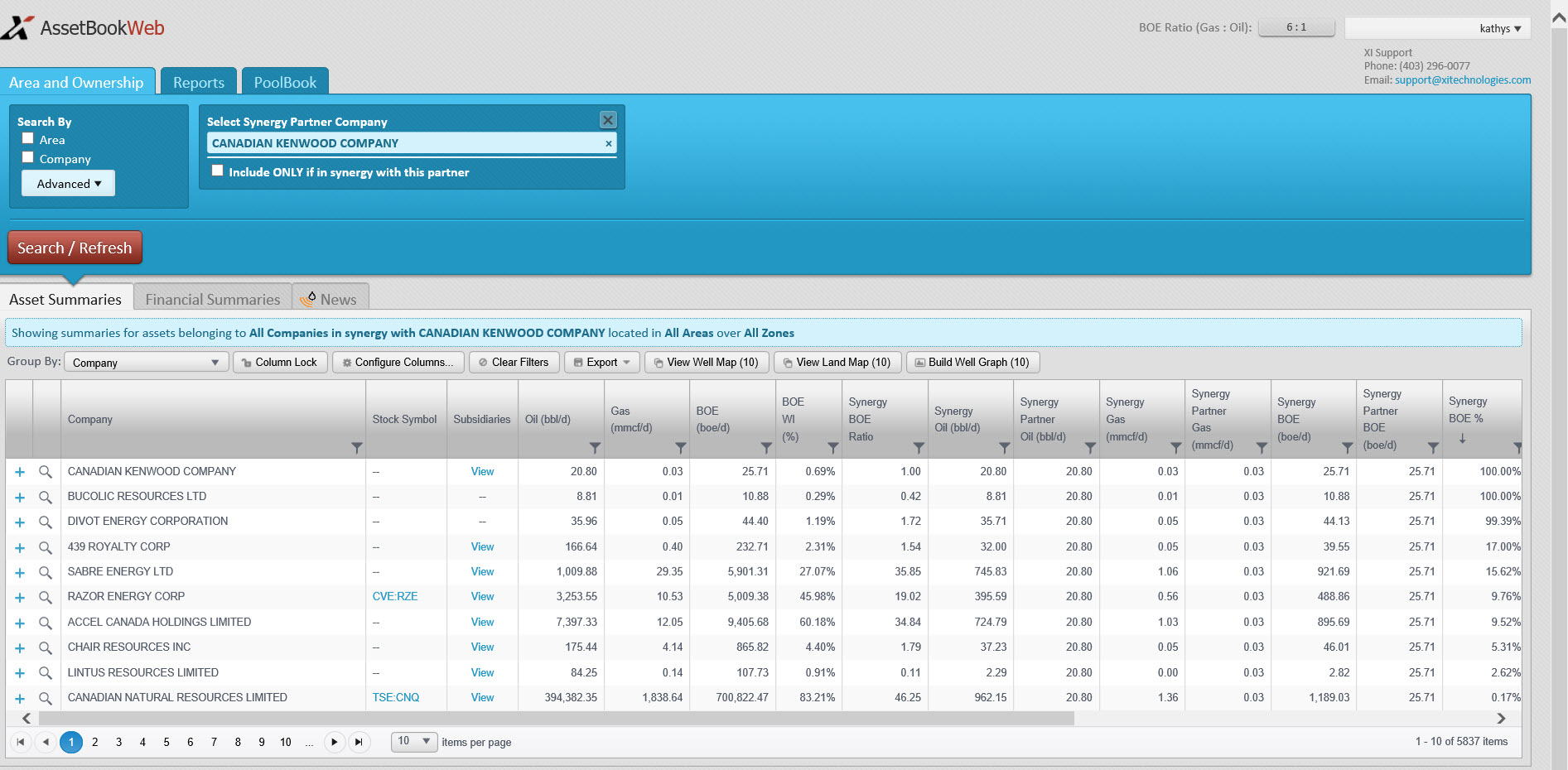Word to the Wise: Why knowing your working interest partners is more important than ever
April 14, 2020
With the increased focus on assets involved in the Orphan Well Association (OWA) due to Bill 12 and the $100 million Alberta Government loan, as well as a legitimate concern that more producers will become insolvent in the months to come, it’s never been more important to know your working interest partners.
Each week, XI Technologies scans its unique combination of enhanced industry data to provide trends and insights that have value for professionals doing business in the WCSB. If you’d like to receive our Wednesday Word to the Wise in your inbox, subscribe here.
In their recent webinar on Regulatory Change and Government Intervention, 360 Energy Liability Management had this to say, “Companies should analyze the solvency of their working interest partners, particularly on their non-operated assets, and should begin budgeting for Abandonment Orders in the latter half of the year. This process could be different than before because of Bill 12.”
But knowing all your working interest partners isn’t as easy as it should be. Most would assume that companies know the assets they own and what is going on with them. However, with large asset portfolios combined with years and years of acquisitions, swaps, and divestitures, it’s difficult to maintain a solid understanding of one’s working interest properties, liabilities, and partners. Knowing your own working interest ownership is, of course, manageable – as long as you don’t dispose of your working interest, you still have it. But, with a working interest that you acquired as part of a large acquisition, the remaining interest could change hands multiple times before you’re ever forced to think about it as anything more than an accounting line item. That leaves you unaware – or at least potentially uncertain – about who you’re in business with, and their relative financial stability.
That’s never been more true than in times such as those we face today as we all do less with more across a remote workforce. Typically, a defunct company’s assets will require closure via AER closure order (within 60 days) by any remaining solvent companies that own the asset. Primary responsibility for the closure and associated costs usually goes to the largest remaining WIP shareholder, who can then claim a refund of the defunct partners’ portion through the OWA’s Working Interest Claims program. But with the introduction of Bill 12, this process could change. Now, the OWA can decide to continue operating wells rather than just abandon, making it even more important for a producer to know if they have working interest specifically in wells that have fallen into the hands of the OWA.
A closure order due to the sudden, unexpected insolvency of a working interest partner can blindside you and your company. Liability and closure costs you hadn’t budgeted for – or didn’t even realize you were responsible for – can suddenly come due at a time when most producers have been forced to drastically cut budgets. Even worse, a closure order could be triggered by regulator records that are far out of date, and don’t accurately reflect current ownership.
At XI Technologies, we have worked with clients who discover (by using AssetBook software), that the land transfers on hundreds of working interest properties sold years prior had never been completed by the provincial regulatory body. If closure orders had been issued related to these lands, the result would have been a very unpleasant surprise that might have to be sorted out under pressure of the 60-day closure timeline.
Historical trends indicate that accuracy and transparency in working interest has become more important than ever precisely when it is becoming increasingly difficult to track. With more companies running up against tough times, it forces producers to come up with new solutions for verifying and monitoring their working interest partnerships. Depending on the size and breadth of your portfolio, traditional spreadsheets might not cut it. And simply ignoring the problem is no longer an option.
The Solution: XI Synergy Report
Some time ago, XI recognized the need to understand all parties involved in an asset portfolio, and the estimated shared amounts of assets between multiple companies. A simple report can give you a target company’s working interest partnerships, weighted by shared BOE percentage, and what percentage of both partner company’s total assets the shared BOE represents.

Using tools like the Synergy Report in XI’s AssetBook can help producers have a reliable, easy way of assessing working interest partnerships, including on wells that have come under the OWA’s stewardship, research that is fast becoming an essential workflow in the world of insolvent asset management and ownership. XI’s AssetSuite helps producers achieve more timely and complete industry intel with critical research and strategy tools for oil and gas. To see how you can create a Synergy Report similar to the one pictured above, watch the video by following this link.
For a more in-depth look at how XI can help you stay on top of your working interest partners, contact us to book a personalized demo.
